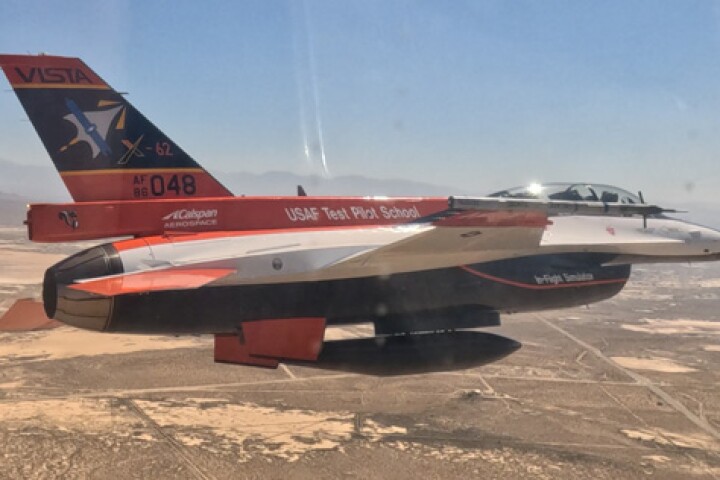Using mathematical models, a team of researchers from Skoltech and MIT has investigated various configurations of lunar landing spacecraft to determine the best approach for setting down astronauts on the Moon and returning them to an orbiting lunar station – the so-called "last mile" – as will be required for NASA's Artemis program.
Trying to figure out the best design for a crewed lunar lander may seem like locking the gate after the horse has planted the flag on the Moon. After all, It's been over a half century since Neil Armstrong set foot on the Sea of Tranquility so you'd think that was a question that had been settled long ago.
However, there are great differences between Apollo and Artemis. The most obvious is that the Apollo Lunar Module was designed almost 60 years ago and there have been a lot of technological advances since then. More importantly, The Apollo missions were very different from Artemis.
On Apollo, the mission lifted off from Earth with the Command Service Module and the Lunar Module already onboard. The two docked spacecraft went into orbit around the Moon and the Lunar Module descended for a stay of a few hours or a few days at most.
For Artemis, the lander will be much larger and will stay for as long as 14 days at first. It will also be one of three independent spacecraft – the other two being the Gateway deep-space station and the Orion crew module for ferrying astronauts from Earth to Gateway, where they will transfer to the lander. Last, but far from least, Artemis won't have Apollo's luxury of having the budget big enough to finance a small war to draw upon, so economics will certainly come into play.
The other obvious question is why is the Skoltech/MIT study being done now? The contracts for developing the landers have already been awarded. Obviously, the companies involved have carried out their own analyzes, but these are regarded as proprietary, so any outside study must start from scratch.
For the new computer models, the team assumed that the landing mission would start at Gateway orbiting at the L2 Lagrange point where the gravitational pull of the Earth, Moon, and Sun balance out, and land four astronauts near the lunar south pole for a stay of seven days. The idea was to find the best number of stages for the lander. Apollo used a two-stage lander, but it may also be possible to use one- or three-stage versions. They then looked at different propellants and whether the craft should be expendable or reusable.
In all, the team looked at 39 variations, using architectural screening models to determine which mix of factors produced the best results. They found that if the lander was expendable, then an Apollo-style two-stage design was best because it was lighter and cheaper to fly. However, a single-stage reusable module propelled by a liquid oxygen and liquid hydrogen engine was found to be the best overall for short lunar sorties.
The study is not claimed to be definitive. It only took into account a limited number of factors, and ignored things like crew safety, probability of mission success, and project management risks. Taking these into account will require further analysis, which will include the infrastructure needed to support landing missions.
"Interestingly, our study finds that, even with the orbiting station, if fully expendable vehicles are considered, then the two-stage (Apollo-like) landing system is still expected to have lower masses and, therefore, lower costs – which sort of reconfirms the Apollo decision," says Skoltech MSc student Kir Latyshev. "However, reusability changes that. Though one-stage and three-stage vehicles in this case are still heavier than the two-stage one, they allow to reuse more of the ‘vehicle mass’ (approximately 70-100 percent compared to around 60 percent for the two-stage option) over and over again, thus saving money on producing and delivering new vehicles to the orbiting station and making lunar missions potentially cheaper."
The study was published in Acta Astronautica.
Source: Skoltech





